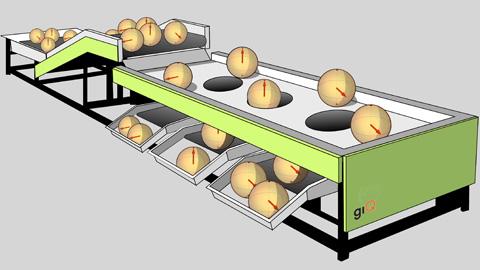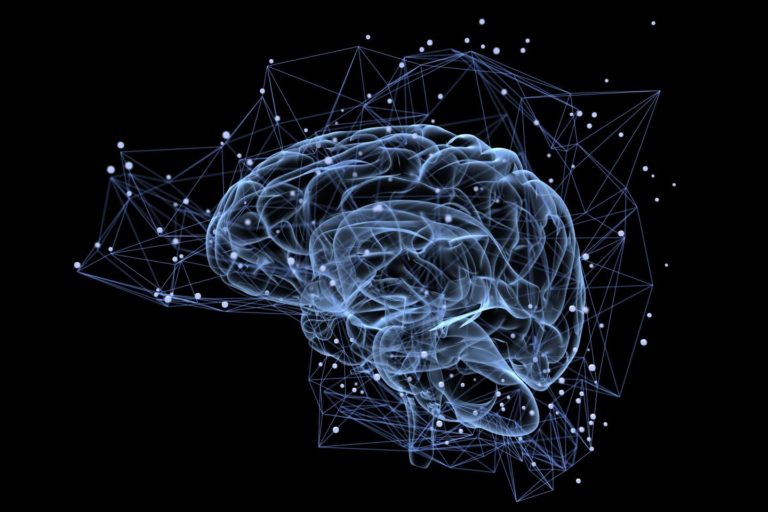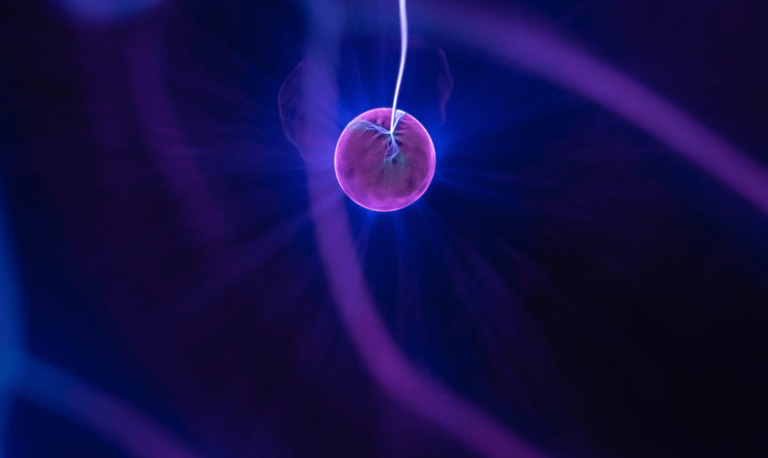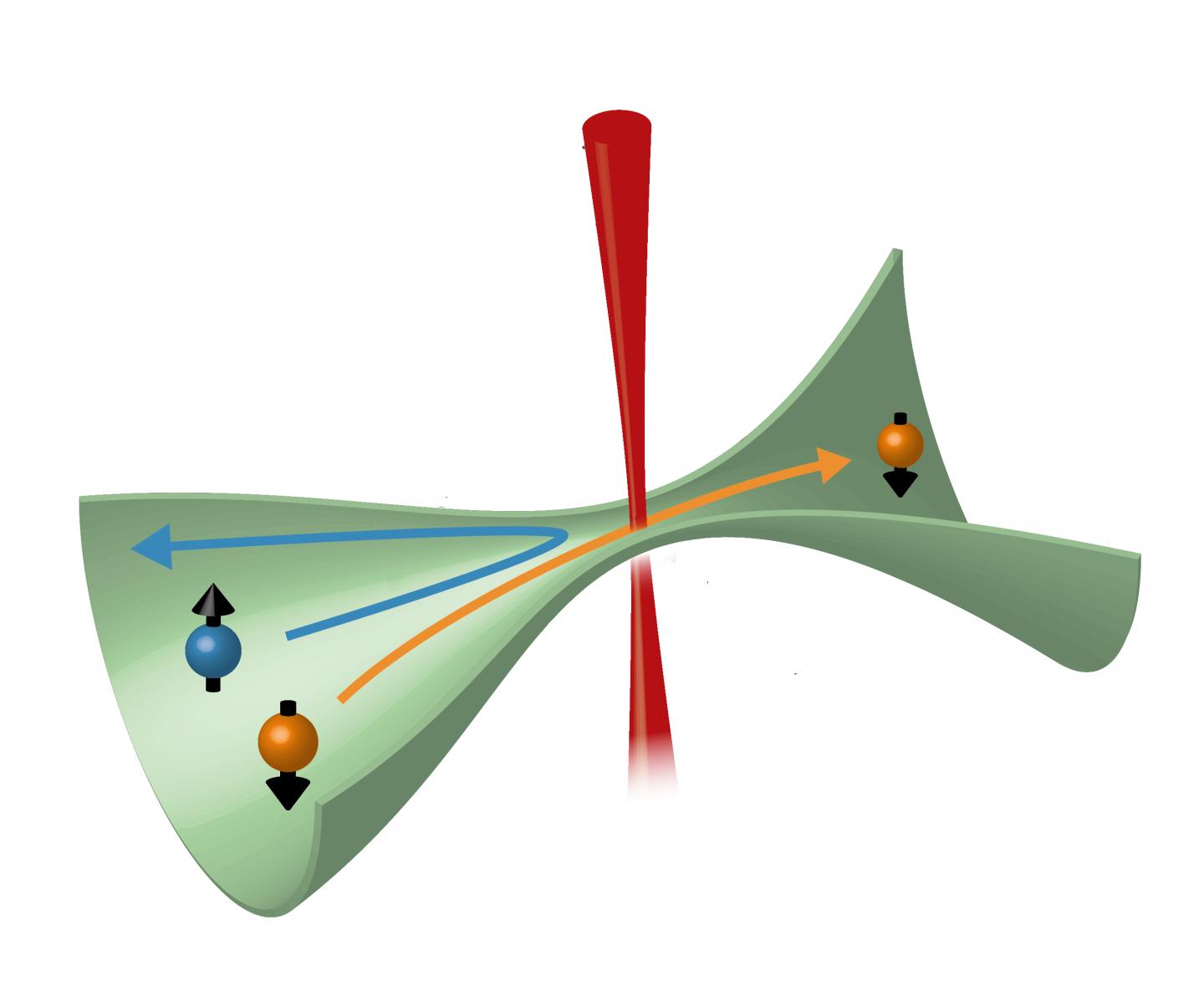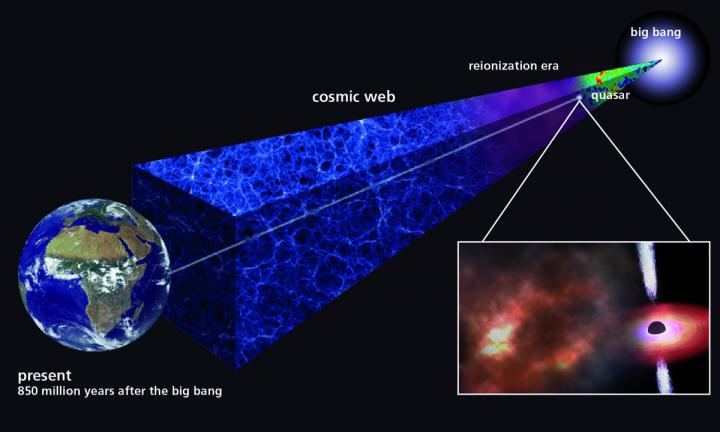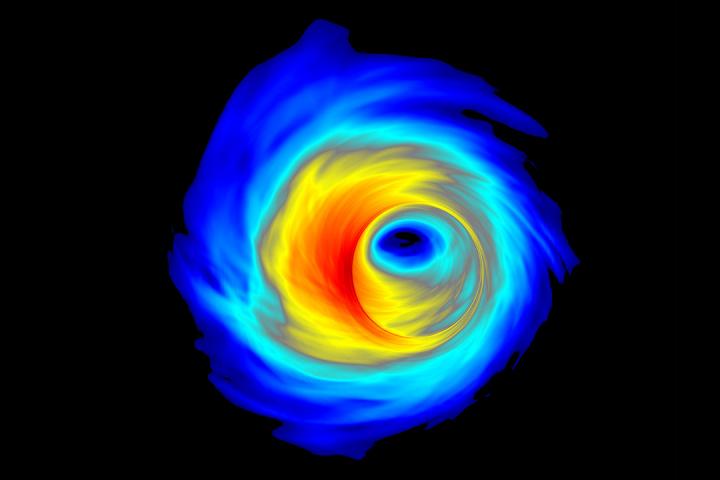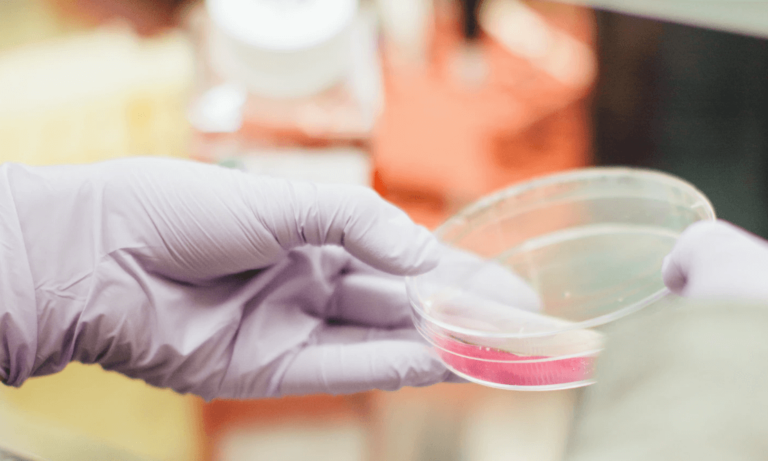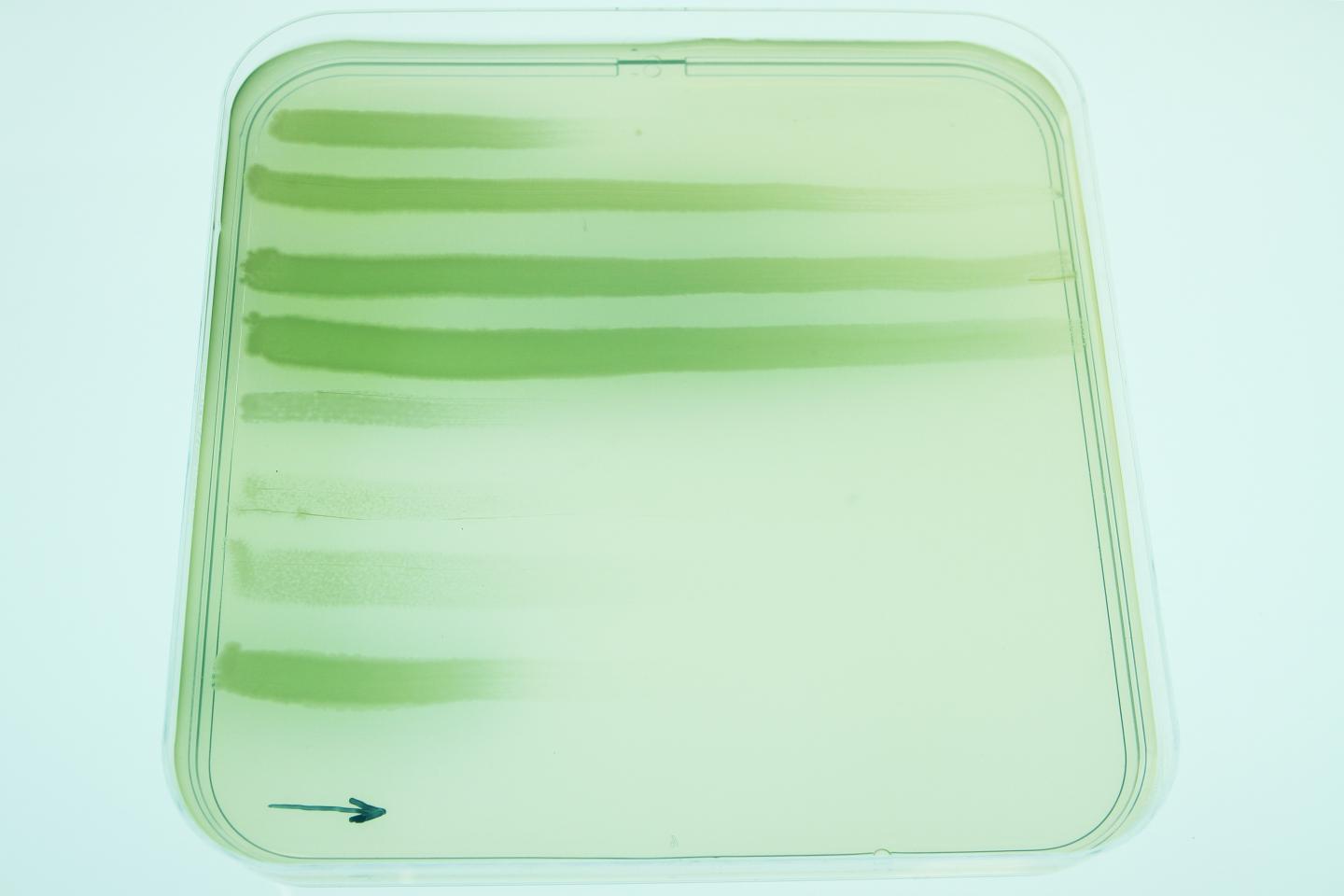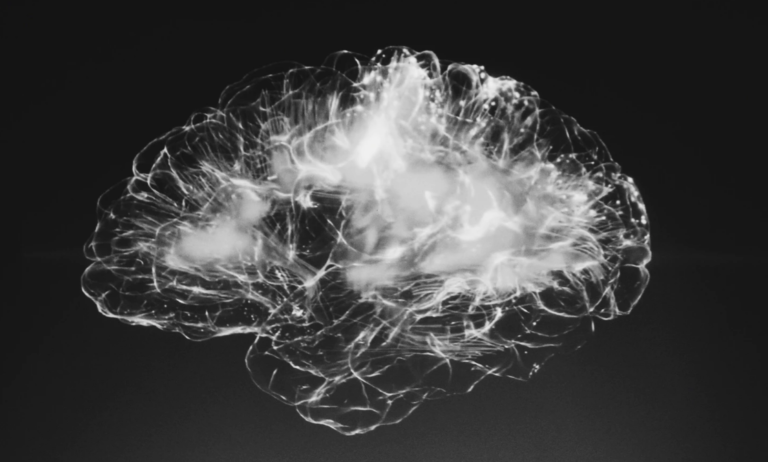Marketing and engaging with customers have changed dramatically from the traditional television, radio and newspaper print, it has even changed dramatically from the traditional website. Now there are social media platforms and native apps that are on offer as another way of connecting and keeping your customers.
The value of having an app as part of your digital and online presence is an excellent addition an asset to your business. You need to know a thing or two about them first, and even if you aren’t the expert, it is good to educate yourself a little so that when you’re engaging with the agency or IT team who will be doing the work, you will know what they are talking about and can offer opinions and suggestions. Here are four quick ideas to guide your app design process.
Finding a development team
Use Google to search for a phrase like ‘mobile app development Sydney‘ to find app development agents or companies that can provide you with the skills and services you need to meet your needs. You will then want to ensure that they understand your business and have good insights into what you want to and need to achieve through the app. There are different forms of mobile devices now.
These include the original cell phone or mobile, but there are also tablets, smartwatches and other devices that allow for mobility. People use mobile devices in several ways, and you need to understand what this is. It ranges from being a completely social device where personal stuff is done on it, it can also be completed in the other direction where it is an extension of your office.
Consider which devices will be used
People use different devices and different operating systems and you need to know which one is which. There are differences in how they work and how your app needs to be engineered to be compatible.
If you are wanting to target only one specific operating system, such as android then make find a company that specialises in android app development Sydney has plenty of potential partners who will be able to support your development needs. There are also different types of phones within each operating system and different levels of phones.
Knowing whether to go native or not
There is a movement away from native apps to web-based apps. The debate goes along the lines of saying that a native application, in other words, one that you have to download onto your phone through an app store, requires data to download it. It then also sits on your device taking up space and clogging up your storage and operating capacity.
It asks for software updates and if these aren’t don’t then the app will have glitches and function errors. But, if you have a web-based app, the updates are immediate and don’t require downloads, the app doesn’t need to be downloaded onto your phone and therefore won’t take up unnecessary space and you don’t need to pay for the date to download it in the first place.
Photo by Rami Al-zayat




